From Alfred to Hodge, the non-woke names that should now be on the Tube map
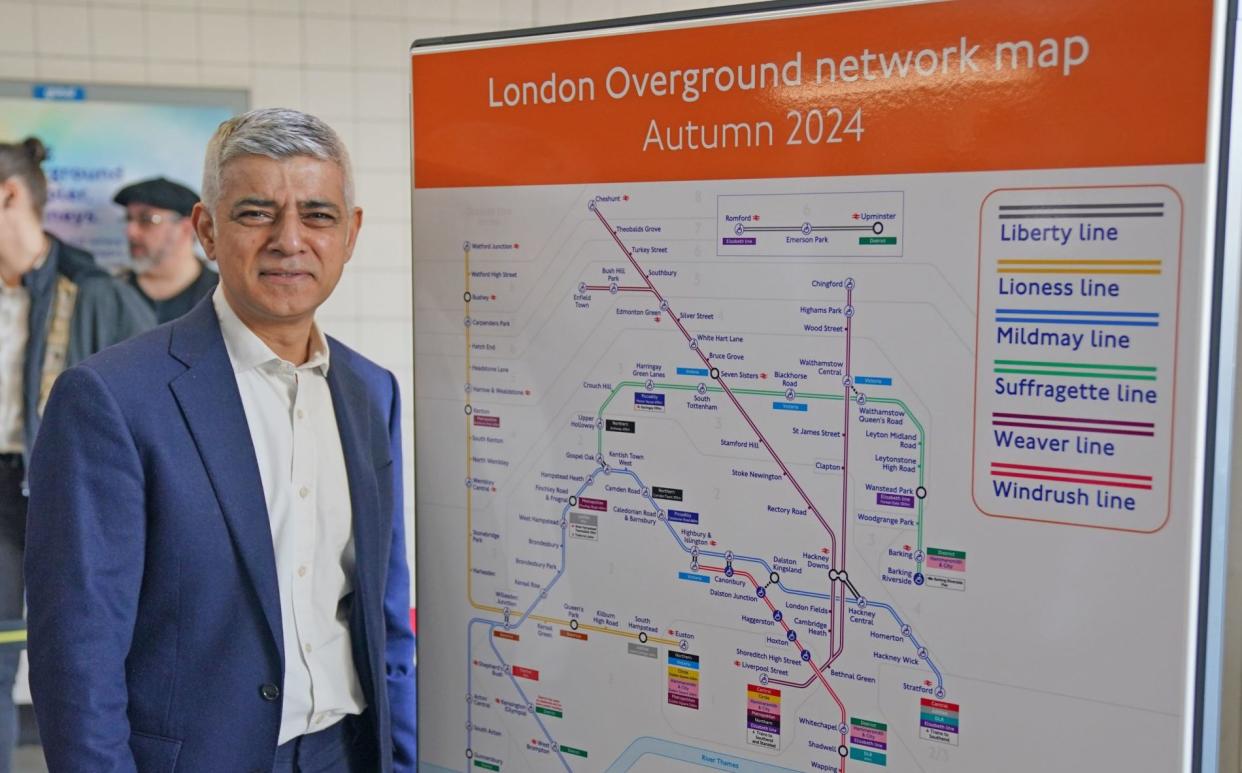
- Oops!Something went wrong.Please try again later.
- Oops!Something went wrong.Please try again later.
London’s Ginger Line has suddenly turned into a rainbow. Not only has Sadiq Khan given stretches of the Overground new colours, they have also been renamed. And, unsurprisingly, the Mayor, shrieval overlord of diversity and inclusivity, has chosen names that reinforce a particular view of London’s, and Britain’s, history, one that celebrates (or if we’re being more cynical, fetishises) the contributions, experiences and struggles of women and minorities.
The Lioness, Windrush and Suffragette Line are pretty self-explanatory but other references are somewhat oblique and very obscure. The Weaver Line recalls the Huguenot weavers of Spitalfields, religious exiles who sought refuge in London’s eastern suburbs after fleeing France; the Mildmay Line pays tribute to the hospital in Shoreditch which played an instrumental role in the HIV/AIDS epidemic of the 1980s and 90s.
It is a triumph of the marginalised, of transgressive resilience and victory, and that’s no bad thing. Only the selection, taken together, feels somehow designed to rile people who do not necessarily invest quite so much meaning in Khan’s curation of London’s past. It has been observed that it is highly tendentious and somewhat “woke”; at the very least, rather a lot of London’s history is simply left out. So if his agenda were swept aside, and we were free to roam our eye over the entire, glorious gamut of London’s history, what might we call the lines instead?
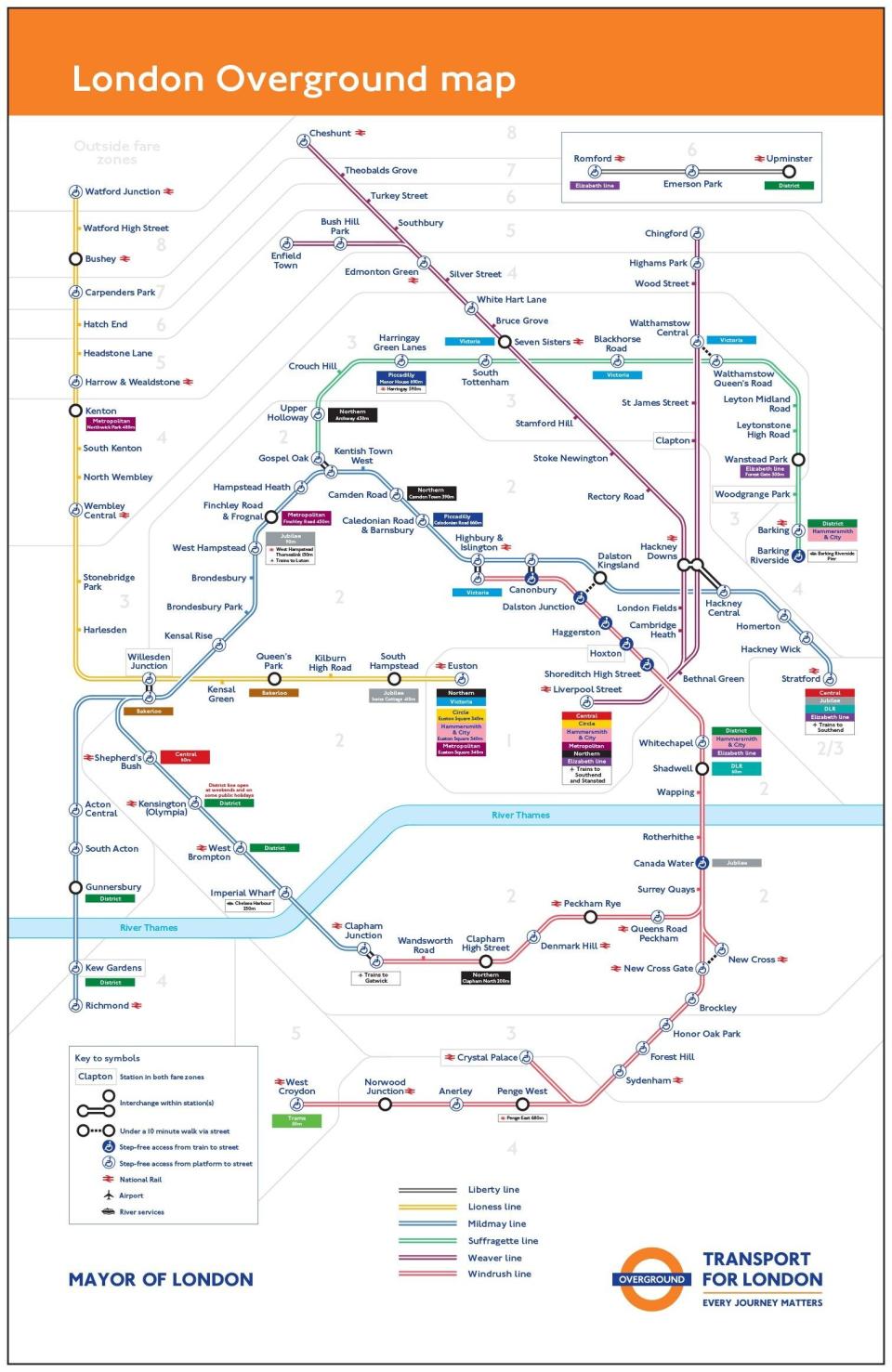
The Alfred Line
Alfred the Great was the founder of modern London. It was he who, in AD 886, reconquered the ghost city of Londinium which, after the fall of Roman Britain, had degenerated into a frightening wasteland of crumbling walls and tottering edifices, infested by wolves, weeds and heathen squatters. Most embarrassingly of all, it was under Viking control, but not for Alfred would his capital become a beacon of diversity and multiculturalism. His fleet arrived at Queenhithe and he and his men fired forwards, hacking down the berserkers, and forcing the surrender of their leader, Guthrum, who agreed to abandon the city and retreat into East Anglia.
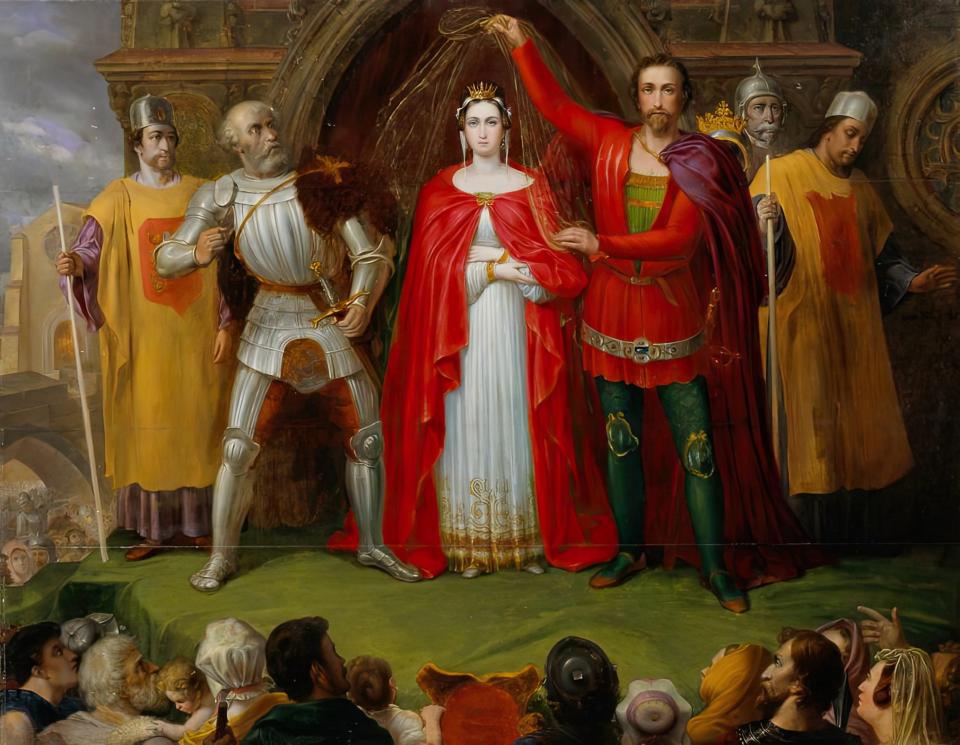
Then, the Anglo-Saxons began laying down the tagliatelle of twisting, winding streets and chequerboard of parishes and wards that would coalesce into medieval London, drawing a little on the Roman blueprint (St Paul’s is on the site of a giant temple to Diana; the amphitheatre became Guildhall).
It was this city, Alfred’s city, that would survive plagues and infernos, flourishing into a “noble and celebrated” port where “from every nation under heaven merchants delight to bring their trade by sea”, eventually cracking out of its shell around 1600, and flourishing into a “human awful wonder of God”, the biggest city in the world by 1800. Who better, then, to name a line after than the scholar-king we have to thank for it?
The Bubonic Line
If the renamed lines are to have a commemorative purpose, how about one that attests to the greatest tragedy in London’s history: the Black Death which erupted in the capital in the spring of 1348. “We see death coming into our midst like black smoke”, wrote one observer, “a rootless phantom that has no mercy for fair countenance.” You might go to bed well, wake up ill and, in the afternoon, die. Remarkably, one in every two Londoners perished – no wonder people thought they were living through the final glimmers of the universe’s existence and that this was God’s vengeance for a world besmirched by sin.
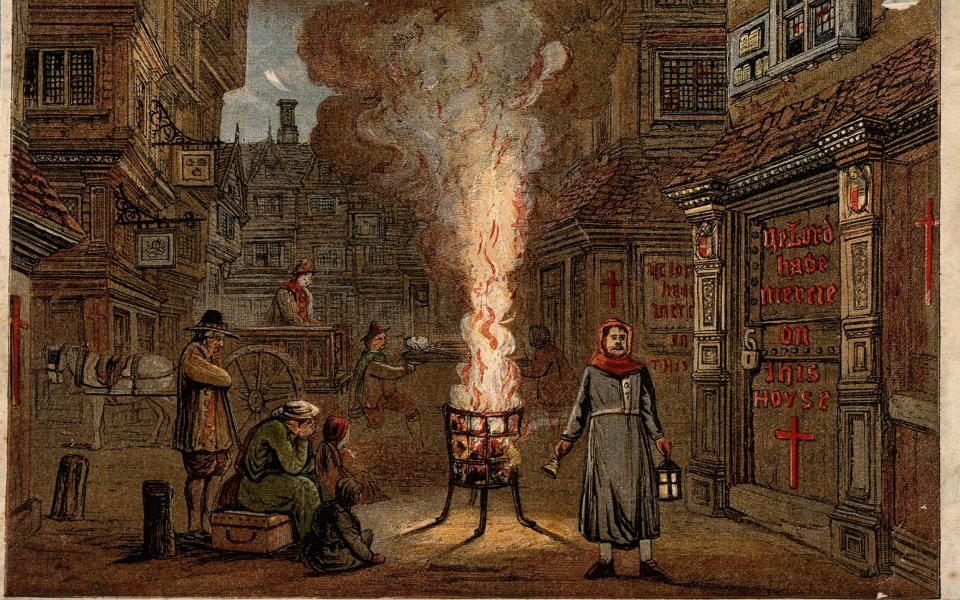
Outside the walls, in the green suburbs, vast, frightening, lantern-framed pits were gouged into the earth, where, indeed, many of the Overground trains travel, and here the scenes reached their apocalyptic zenith. One visitor talked of a “macabre lasagne” of bodies; others recall people out of their minds running through fields, kissing strangers, and diving headlong into the bouillabaisse of bones.
London lived in the shadow of Yersinia pestis for another three centuries, until the final major outbreak in 1665-6. Not all the consequences were bleak; now that demand outstripped supply, labourers could demand higher wages and became freer agents elsewhere, fuelling the growth of London. But overall it was God’s horror show and since so many citizens were bowled down like skittles, a commemorative line seems apposite.
The Hodge Line
With his tendentious rebranding, Khan seems obsessed with ramming diversity down our throats even if many of us are perfectly capable of thinking it’s a good thing without needing to see ‘Windrush’, ‘Lioness’ and so forth on the tube map each day. But it is a rather limited, human-centric form of diversity he is pursuing, I feel, one which callously excludes animals, for example.
For so much of London’s history, animals were everywhere. The roads were full of horses dragging carriages and later buses; the royal menagerie at the Tower contained lions, tigers, white polar bears, and elephants; the finest gyrfalcons and eagles came to moult each year at the Royal Mews (on the site of the future National Gallery) and a never-ending procession of livestock were driven to the various markets (Cheapside Poultry for fowl) and to meet their bloody demise at Smithfield, “all smear with filth and fat and blood and foam”, where could be heard “the bellowing and plunging of beasts, the bleating of sheep, and the grunting and squealing of pigs”.
Perverse it would be to name a line after a pig, but we could pick a creature that serves as a synecdoche for all the animals, dead and alive, to which London owes such a debt of gratitude: a cat. Cats had a hard time of it for much of London’s history, being flung from windows for fun (as Hogarth depicts) and routinely massacred during plague seasons, but things began to look up in the 18th century, and at that time no cat was more adored than the jet-black beauty that was Samuel Johnson’s beloved Hodge, “a very fine cat indeed”, for whom he personally harvested oysters each morning at Billingsgate and who rubbed and purred against his shins as he penned copy for his London newspapers.
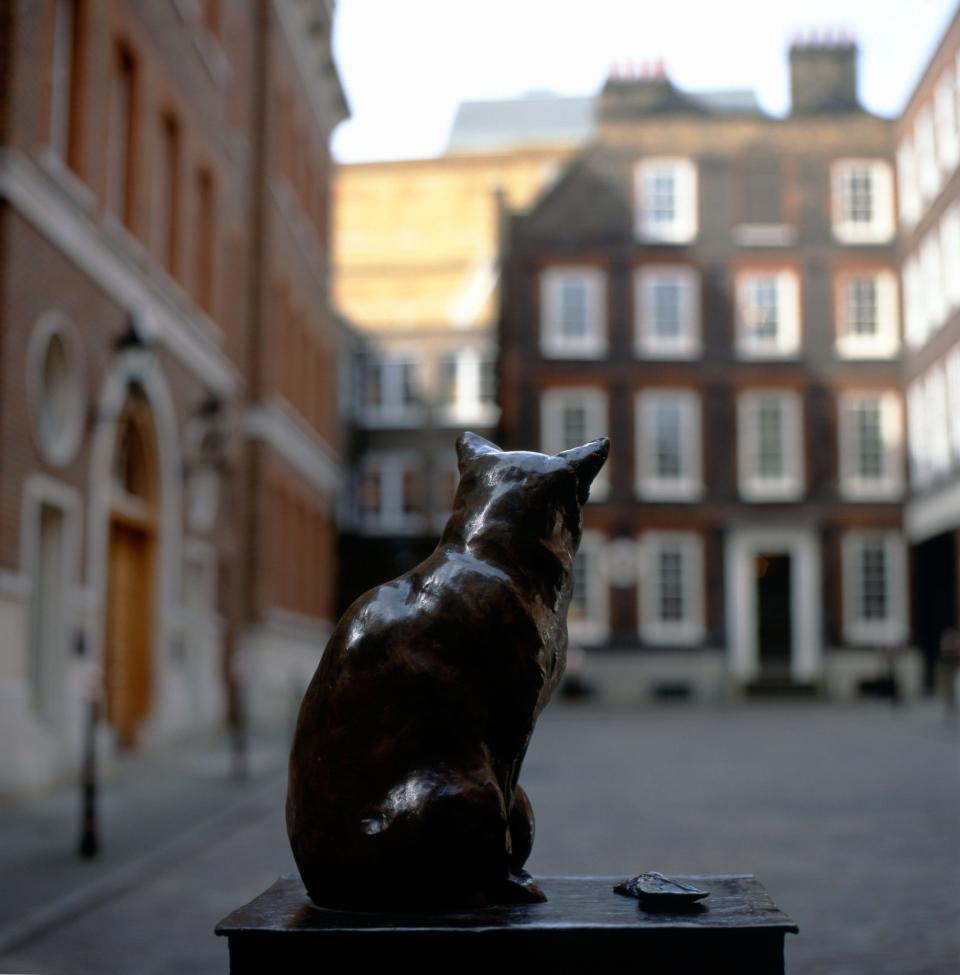
There is a statue of Hodge opposite Dr Johnson’s House in Gough Square and in 1778 appeared a beautiful elegy: “His garb when first he drew his breath, his dress through life, his shroud in death.” What animal if not a cat can be said to emblematise the curious spirit of the London wanderer?
The Ryder Line
Some of the Mayor’s new lines are bafflingly esoteric. Mildmay, anybody? Well, if he wants obscurity, I challenge him to go one better and bring about a Ryder Line. Every city needs its chronicler, and, apart from having a pleasing ring to it, the line would be named after the greatest London diarist that absolutely nobody has ever heard of: Dudley Ryder, covering the gloriously broad timespan of 1715-16, when, to be frank, not much of note happened at least not compared to Pepys’s plagues and hellfires.
Nonetheless, it is a terrible shame because I can safely say – as the only living being who has ploughed through every single word of its 2,000 or so pages – it is an astonishing vivid account of the physical and psychological universe of a young, rather gauche individual who is absolutely desperate to improve himself by living a metropolitan existence to the full at a time when London was the most exciting place on earth.
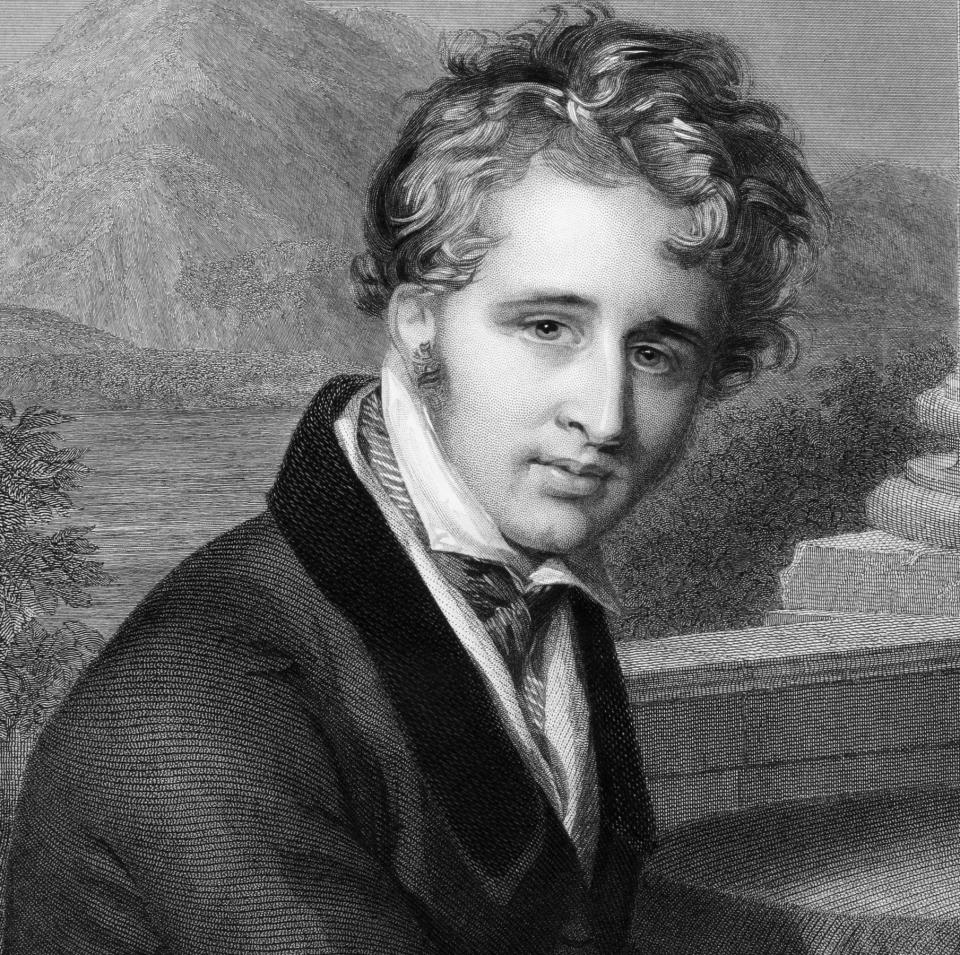
We are right there beside him as he buys rabbit-bone skates to ride the frozen Thames, visits Covent Garden jelly houses (where prostitutes wolfed down exotic jellies on silver platters to titillate the male patrons), debates the Cartesian dream argument in taverns, watches executions at Tower Hill and laments all his social shortcomings, weeping into his candle at night.
Some of the new lines go through Hackney and this, in his day “an Arcadia beyond Moorfields”, with merchant’s townhouses and hot air-balloon launches from the Mermaid Tavern (now Mermaid Fabrics on Mare Street), was his family home. Each day he would walk into the city, following the route of the Windrush Line, at a time when most immigrants there were French, through the vinegar fields and bowling alleys of Hoxton, and through the old gate at Moorfields to the Middle Temple where he studied.
A man of liberal beliefs (he believed polygamy preferable to marriage), he used his diary to note down people who were better dressed, better read, more eloquent, copied their mannerisms, and eventually foisted an entirely fabricated facade upon his own, inadequate personality, fooling the world and rising up to become Lord Chief Justice. And so London made a success of the boy from Hackney; who better to name one of the new lines that whizz through the hurried, inner-city suburb it has become.
The Woolf Line
James Boswell said that travelling through London (in a sedan chair, for him) made his “blood glow”, but no writer better epitomises the sensation of sauntering around London than the utterly brilliant modernist novelist, and Bloomsbury denizen, Virginia Woolf, 300 years later. “The hour should be evening and the season winter,” she writes in Street Haunting, “for in winter the champagne brightness of the air and the sociability of the streets are grateful”. Night was especially exciting – “the evening hour, too, gives us the irresponsibility which darkness and lamplight bestow. We are no longer quite ourselves.”
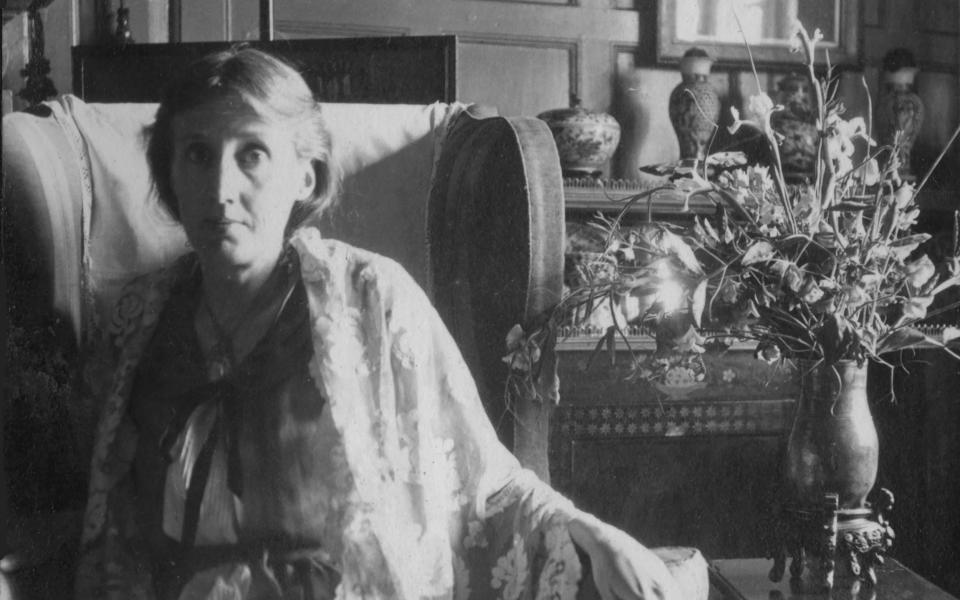
Since the coming of street lighting in the early 18th century, Londoners could walk through the city during ‘Crow’s Season’ as the medievals called their pitch-black, curfewed night. Name an Overground Line after her now, especially one that runs through the night.
The Bean Line
Many passengers are to be seen, on the sleek Overground Lines, sipping a flat white or a latte. But how much more revolting was the coffee 300 years ago when it was drunk in prodigious quantities in many of the places connected by the Overground, especially around Hackney, Wapping and Islington. Back then it was described as “bitter Muhammedan gruel”, “hell-burned nasty liquor”, “politician’s porridge” or, my personal favourite, “the soot-coloured ninny-broth” as it was understood to make men less virile and more womanly.
But the impact of the coffee houses cannot be underestimated: just as coffee stimulates body and mind, the ‘gruel’ galvanised the whole of London in the 17th and 18th centuries. Whereas previously most people were either slightly – or very – drunk all day long, London’s coffee houses triggered a dawn of sobriety that laid the foundations for startling economic growth and social advancement in the decades that followed: the stock markets, a free(ish) press, insurance, auctioneering, scientific empiricism, a culture of democratic debate, all can, in some way, be traced back to the smoky, candlelit forums that were the coffeehouses.
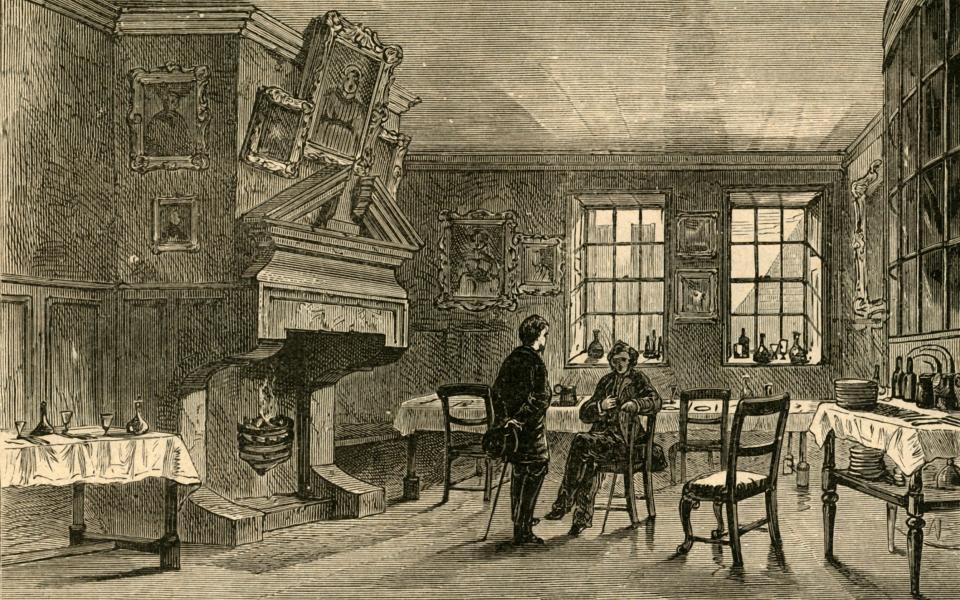
The first was opened by an immigrant entrepreneur from Greece, Pasqua Rosée in Cornhill in 1652 and by 1700 there were thousands: a Latin-speaking coffee house, ones where ‘inquisitions of insanity’ were held, Button’s for wits, Slaughter’s for artists, Waghorn’s for politicians (and their porridge). A far cry from dreary Starbucks, they brought about a whole new way of socialising since, once you had answered the customary cry of “Your servant, sir, what news from Tripoli?” you could take a seat around the long, communal tables and talk to absolutely anyone in the world and learn from them too, chiselling away your rough, antisocial edges and becoming ‘polished’ or polite.
Today, they have gone, replaced by dreary clones where people would run a mile if you dared to sit down and discuss the news together. Button’s in Covent Garden, once the most celebrated coffeehouse in the world where all the leading wits would gather each night, is now a Starbucks, without even a blue plaque. What better way to pay tribute, therefore, to the elixir that got London moving in the first place than by unveiling a coffee-coloured Bean Line?
Dr Matthew Green is the author of Shadowlands: A Journey through Lost Britain. (Faber). He runs live immersive tours of historic London, including the Coffeehouse Tour and Medieval Wine Tour.

